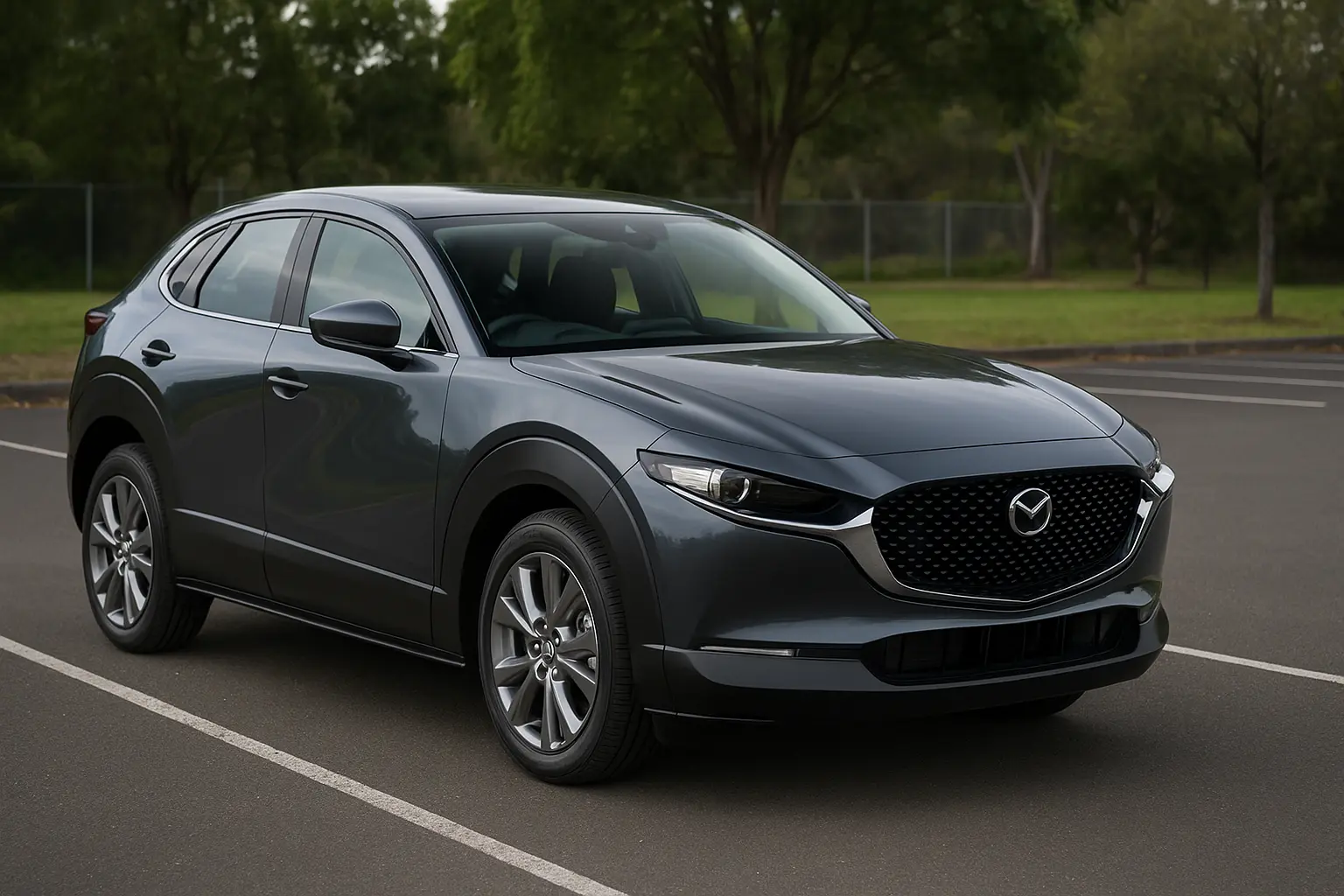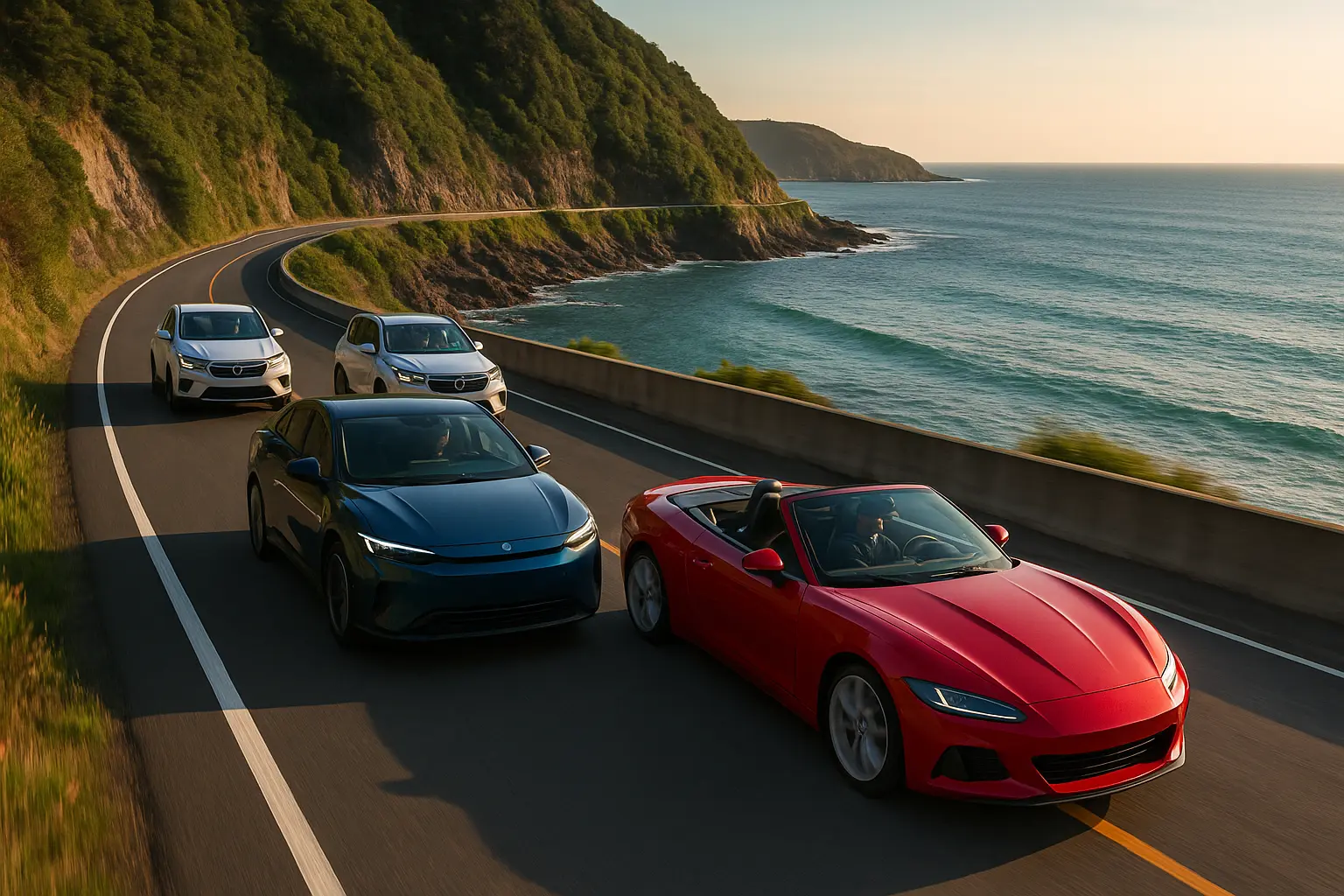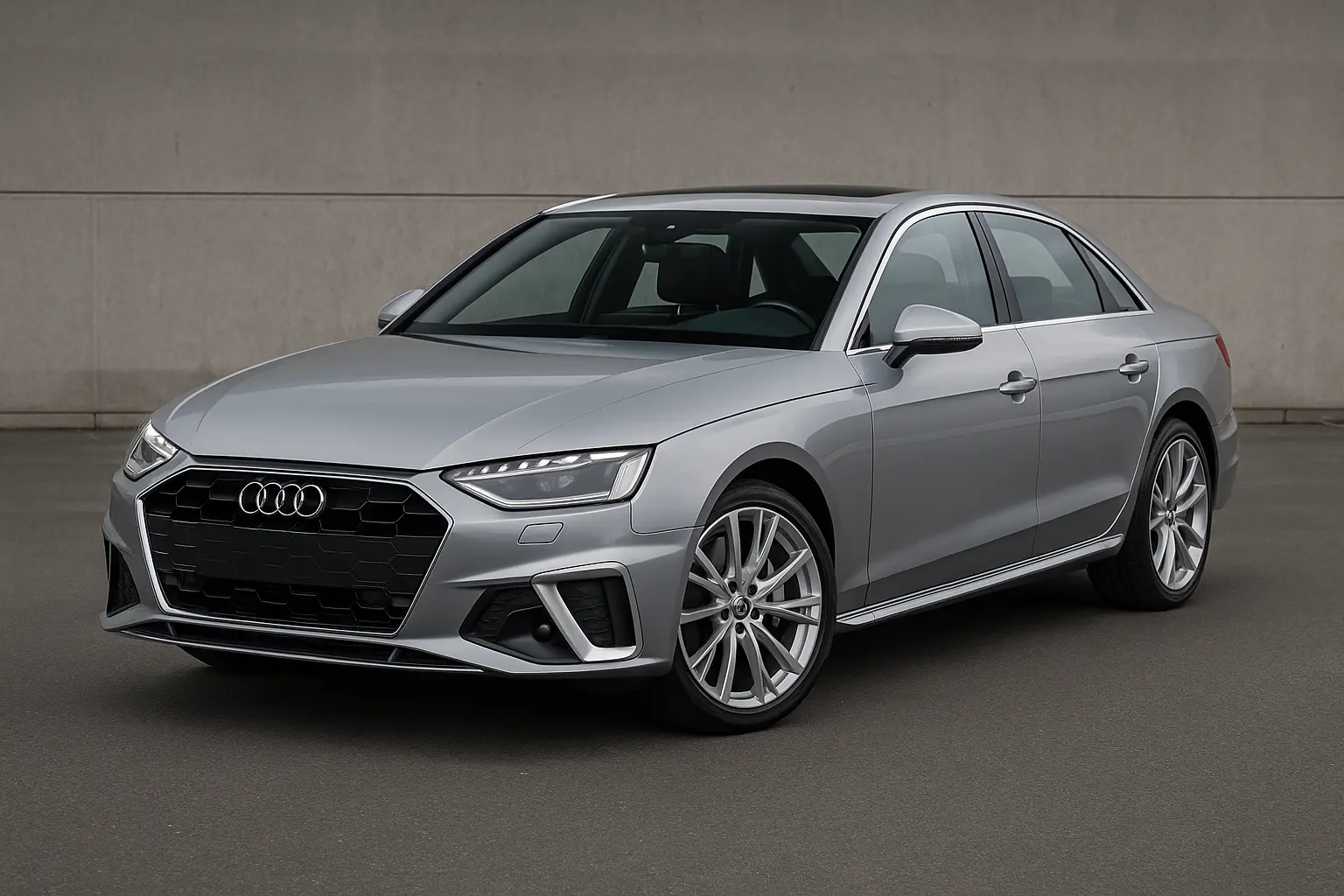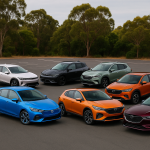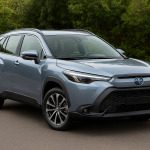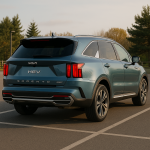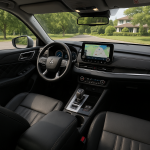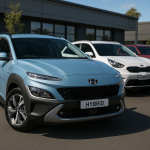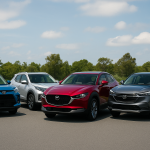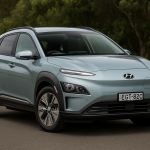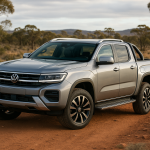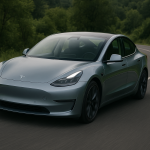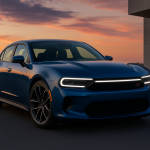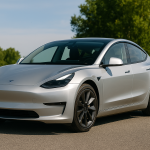The Mazda CX-30 has quickly become one of the best-selling small SUVs in Australia since its launch. Positioned between the compact Mazda CX-3 and the larger Mazda CX-5, the CX-30 offers a sweet spot for drivers who want a blend of urban-friendly size, premium features, and enough interior room for families or professionals.
In a market crowded with rivals such as the Toyota Corolla Cross, Hyundai Kona, Kia Seltos, and Volkswagen T-Roc, the CX-30 manages to carve its identity through Mazda’s design excellence, driver-focused engineering, and a level of refinement rarely seen in this price bracket.
This review dives deep into every aspect of the CX-30: its design, specs, technology, interior comfort, safety, on-road performance, and pricing across trims. Whether you’re buying your first SUV, downsizing from a bigger family car, or considering a stylish upgrade, this guide will give you everything you need to know.
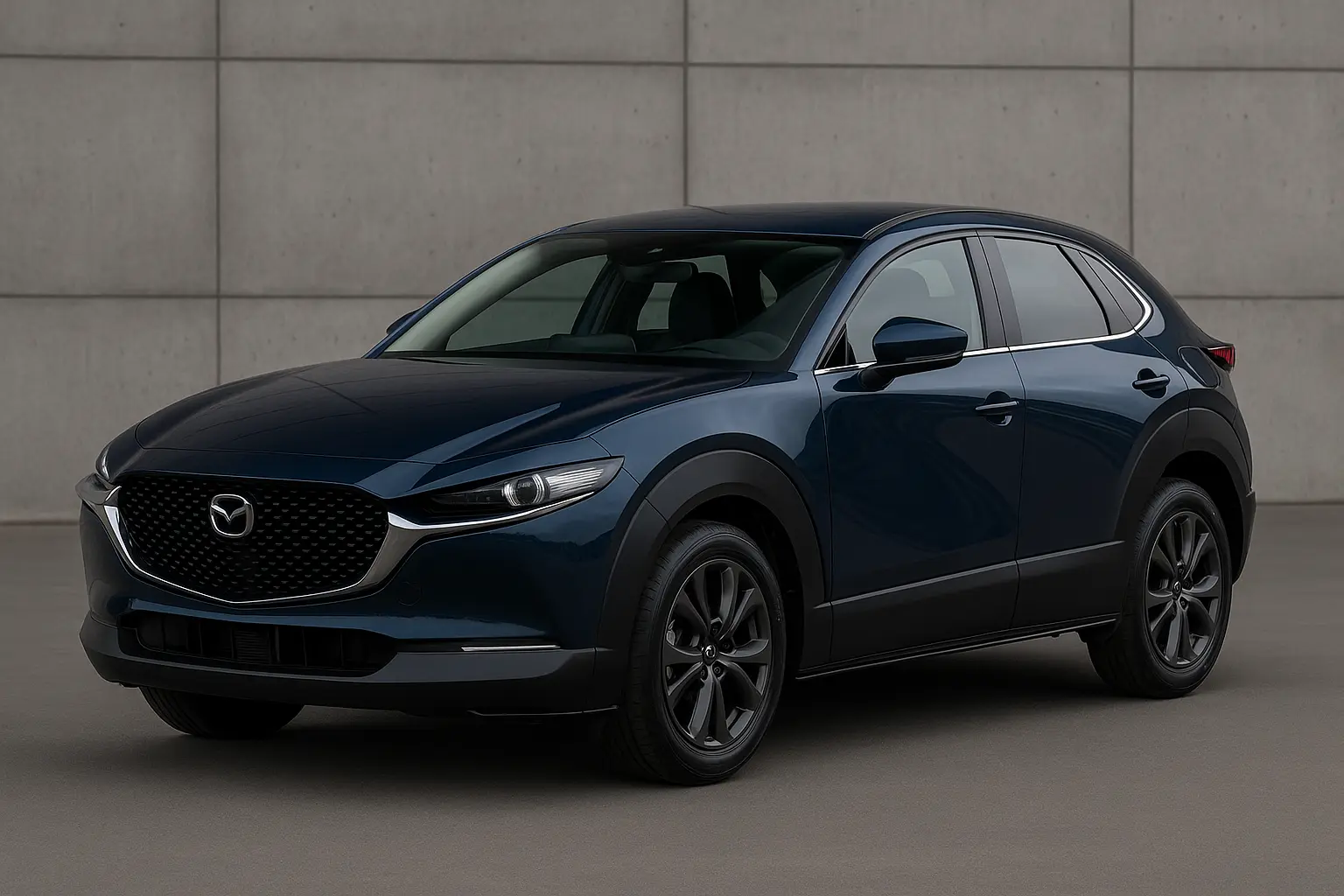
Exterior Design: Sleek and Modern
Mazda’s Kodo design philosophy shines in the CX-30. Unlike many small SUVs that appear boxy or overly utilitarian, the CX-30 brings curves, sculpted lines, and an almost coupe-like silhouette.
- Front end: A wide grille framed by slim LED headlights gives the SUV a bold yet refined face.
- Side profile: The pronounced wheel arches with black cladding add SUV ruggedness, while the flowing roofline hints at sportiness.
- Rear design: Sleek taillights and a strong bumper presence ensure it looks as good from the back as it does up front.
For city drivers, the compact footprint (just under 4.4 metres in length) means it’s easy to park and manoeuvre, yet it looks far more premium than its size might suggest.
Interior: Premium Feel in a Compact Package
Step inside the Mazda CX-30, and you’ll immediately notice Mazda’s push towards an almost luxury-car cabin in an affordable SUV.
Layout and Quality
The dashboard is uncluttered, with soft-touch surfaces, leatherette trims on higher models, and excellent ergonomics. The central infotainment display is perched for easy viewing, while rotary dials and tactile buttons provide a driver-first approach.
Space and Comfort
Despite being a small SUV, the CX-30 offers enough space for four adults to sit comfortably.
- Front seats: Supportive with high-quality upholstery, available in cloth, leather, or leatherette depending on the trim.
- Rear seats: Slightly snug for tall passengers, but adequate for children and average-sized adults.
- Boot capacity: 317 litres, expanding to over 1,200 litres with rear seats folded. Practical for weekly groceries or weekend trips.
Technology & Features
Mazda equips the CX-30 with plenty of modern technology across the range.
- Infotainment: An 8.8-inch display powered by Mazda Connect, supporting Apple CarPlay and Android Auto.
- Audio: Depending on the model, you get a 6-speaker system or an upgraded Bose 12-speaker setup.
- Connectivity: USB ports, Bluetooth, and wireless smartphone integration (in some trims).
- Convenience tech: Keyless entry, push-button start, dual-zone climate control, and a power tailgate on higher trims.
Mazda deliberately avoids touchscreens in favour of rotary dials, which some drivers love for safety and distraction reasons.
Engine Options and Performance
Australian buyers get a choice of petrol engines under the Skyactiv-G banner.
- 2.0L Petrol: 114kW and 200Nm, paired with a 6-speed automatic. Efficient and smooth for city driving.
- 2.5L Petrol: 139kW and 252Nm, offering stronger performance for highway overtakes or spirited driving.
- Mild Hybrid (G20e M Hybrid): Adds fuel-saving technology with a small electric motor assist.
Driving Dynamics
Mazda is known for its engaging driving feel, and the CX-30 delivers:
- Handling: Responsive steering and well-tuned suspension make it feel agile in urban settings and stable on highways.
- Comfort: Despite sporty handling, the ride remains comfortable thanks to Mazda’s suspension tuning.
- Noise insulation: One of the quietest cabins in its class, giving it a more premium edge.
Fuel Efficiency
Fuel economy is a strong point for the CX-30, particularly in the 2.0L and mild-hybrid variants.
- 2.0L Petrol: ~6.5–6.9L/100km (combined cycle)
- 2.5L Petrol: ~7.5–8.0L/100km
- M Hybrid: ~6.3L/100km
This makes it competitive with rivals like the Hyundai Kona Hybrid and Toyota Corolla Cross, though not quite as frugal as full hybrids.
Safety and ANCAP Rating
Safety is non-negotiable for Australian buyers, and the Mazda CX-30 excels here.
- ANCAP Rating: 5 stars (tested in 2019).
- Standard Safety Features:
- Autonomous Emergency Braking (AEB)
- Lane Keep Assist
- Blind Spot Monitoring
- Rear Cross Traffic Alert
- Adaptive Cruise Control
- Advanced Features (higher trims):
- 360-degree camera
- Front cross-traffic alert
- Driver attention monitoring
This strong safety package makes it ideal for young families, first-time buyers, and even older drivers wanting reassurance on the road.
Model Range and Pricing in Australia
Mazda offers a broad range of trims to suit different budgets. (Prices may vary slightly by state and dealership promotions.)
- G20 Pure: Entry-level, affordable, well-equipped for city drivers.
- G20 Evolve: Adds more comfort and convenience features.
- G20 Touring: Leather seats, upgraded tech, more safety features.
- G25 Touring & Astina: Higher-performance engine, premium features.
- G20e M Hybrid: Combines efficiency with advanced tech.
Price Range (2025 estimates): From around $32,000 drive-away for the Pure model to $48,000+ for the top-spec Astina with all options included.
Competitors: How the CX-30 Stacks Up
The small SUV segment in Australia is highly competitive. Here’s how the CX-30 compares:
- Hyundai Kona: Offers hybrid and EV options but lacks Mazda’s cabin polish.
- Toyota Corolla Cross: More spacious, full hybrid availability, but pricier.
- Kia Seltos: Value-focused, practical, though interior refinement is lower.
- VW T-Roc: Sporty, European feel but higher servicing costs.
Mazda’s key strength is delivering a premium-like experience without a premium price tag.
Ownership, Warranty, and Running Costs
- Warranty: 5 years/unlimited km (same as most rivals).
- Servicing: Capped-price servicing, typically every 12 months or 10,000 km.
- Insurance: Competitive for its class, though slightly higher premiums apply for top trims with more features.
Running costs are generally manageable, making the CX-30 a smart long-term choice.
Who Should Buy the Mazda CX-30?
The CX-30 appeals to a wide audience:
- Young professionals: Stylish, tech-loaded, easy to park in urban settings.
- Small families: Strong safety, decent boot, reliable daily use.
- Downsizers: Comfortable, premium-feel cabin without the bulk of a larger SUV.
- Budget-conscious buyers: Great value in lower trims, with strong efficiency.
Final Verdict
The Mazda CX-30 is more than just a small SUV—it’s a premium experience at an attainable price. With its blend of elegant design, engaging drive, advanced safety, and thoughtful interior, it stands tall among its rivals. While rear passenger space isn’t as generous as some competitors, its overall balance of features makes it one of the smartest buys in the Australian small SUV market.
If you’re looking for a small SUV in Australia that doesn’t compromise on style or features, the Mazda CX-30 should be at the top of your list.
Leave a comment
Your email address will not be published. Required fields are marked *


